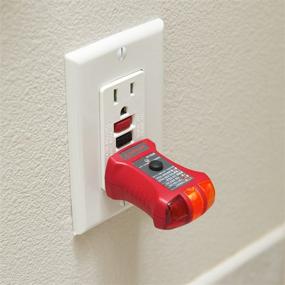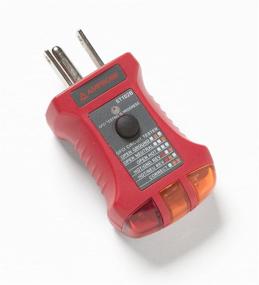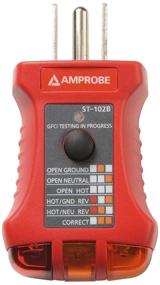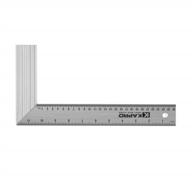- Decent performance
- Secret

6
·
Excellent





168-Piece General Household Tool Set Kit With Plastic Storage Case In Bright Orange By CARTMAN

40 Review

ICEPURE Plus 46-9690 NSF53 Certified Replacement For LG LT700P ADQ36006101, Kenmore Elite 9690 ADQ36006102, LFX28979ST, RWF1200A, LFX25978ST, LFXS30766S, LFXC24726S Refrigerator Water Filter,3PACK

41 Review

Triangle Group TR918 225/45 R18 95V summer

61 Review

TV bracket Kromax DIX-18 black

52 Review

Kapro 307-08-TMS Try And Mitre Layout And Marking Square With Stainless Steel Blade, 8-Inch Length

18 Review

TV bracket Kromax DIX-18 black

52 Review

🔲 Johnson RAS-1B Johnny Square: Professional Aluminum Rafter Square, 7'', Silver - Top Quality with 1 Square

8 Review

Kapro - 353 Professional Ledge-It Try & Mitre Square - For Leveling And Measuring - Features Stainless Steel Blade, Retractable Ledge, And Etched Ruler Markings - 12 Inch

23 Review